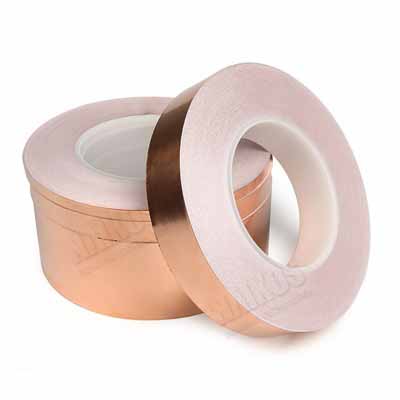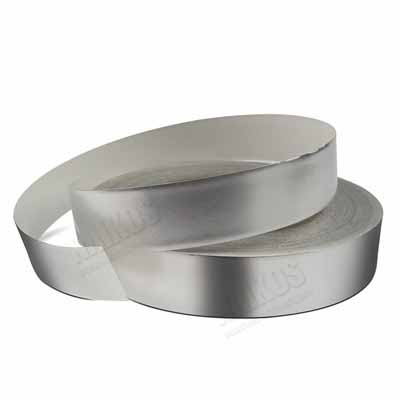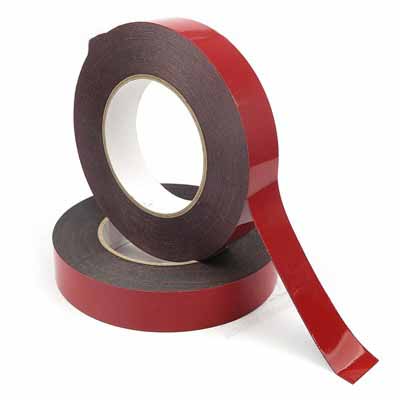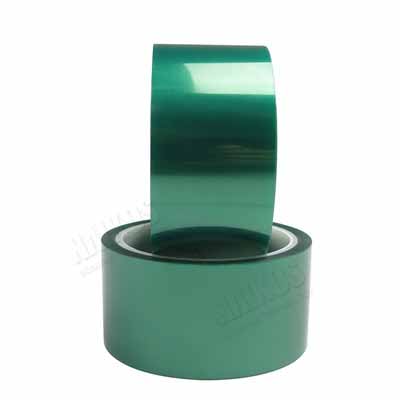Thermal pads are an essential component of modern electronic devices, from high-performance gaming computers to smartphones and everything in between. These simple yet vital pads help to regulate heat output, preventing damage to delicate components and ensuring optimal performance. As the technology behind these pads continues to advance, they are becoming increasingly important in the world of electronics manufacturing. In this article, we explore the ins and outs of thermal pads to give you a comprehensive understanding of this critical industry.
Thermal pads are soft, pliable materials that are used to fill gaps between heat-generating components and cooling devices. These pads are made from a variety of materials, including silicone, graphite, metal, and carbon fiber. The most popular type of thermal pad consists of a soft, compressible silicone material that is filled with microscopic ceramic particles. These particles help to enhance the conductivity of the pad, ensuring that they are highly effective at transferring heat away from sensitive components.
These pads are applied to various components, including processors, graphics cards, and other areas of electrical circuitry that generate significant amounts of heat. The primary function of these pads is to create a thermal bridge between the heat-sensitive components and the surrounding cooling systems.
The importance of thermal pads in modern electronics cannot be overstated. Without them, electronic devices would quickly overheat, resulting in damage to sensitive components and eventual failure. Electronic devices with high-performance components require a lot of power to function properly, which generates an enormous amount of heat. Maintaining a safe operating temperature is critical to the longevity and optimal performance of these devices.
When selecting a thermal pad, there are several factors to consider, including:
1. Thermal Conductivity - The thermal conductivity of the pad plays a critical role in the overall efficiency of the cooling system. Select a pad with the highest thermal conductivity possible.
2. Compression - The compression rate of the pad affects its thermal conductivity, so choose a pad with the ideal compression range to ensure optimal performance.
3. Durability - Consider the longevity of the pad when selecting one for prolonged use, as some pads wear out more quickly than others.
4. Compatibility - Ensure the pad you select is compatible with the specific electronic device or cooling system you are using.
Thermal pads are an essential component of modern electronics. They play a vital role in ensuring optimal performance, protecting sensitive components from damage, and preventing overheating. With multiple options available, it's essential to select a pad that meets your requirements while taking into account factors like thermal conductivity, durability, and compatibility. By doing so, you can enjoy efficient, safe, and reliable electronic devices that function optimally for years to come.




